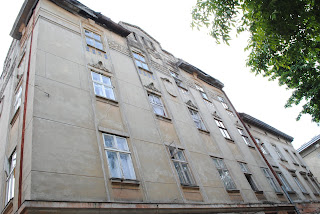

He was a Ukrainian poet, artist and humanist. He is regarded as the founder of modern Ukrainian literature and some what to the modern Ukrainian language.
An Example of his Poetry:
Testament (Zapovit)
When I am dead, bury me
In my beloved Ukraine,
My tomb upon a grave mound high
Amid the spreading plain,
So that the fields, the boundless steppes,
The Dnieper's plunging shore
My eyes could see, my ears could hear
The mighty river roar.
When from Ukraine the Dnieper bears
Into the deep blue sea
The blood of foes ... then will I leave
These hills and fertile fields --
I'll leave them all and fly away
To the abode of God,
And then I'll pray .... But till that day
I nothing know of God.
Oh bury me, then rise ye up
And break your heavy chains
And water with the tyrants' blood
The freedom you have gained.
And in the great new family,
The family of the free,
With softly spoken, kindly word
Remember also me.
— Taras Shevchenko, 25 December 1845, Pereiaslav.
Translated by John Weir Toronto, 1961.



















































